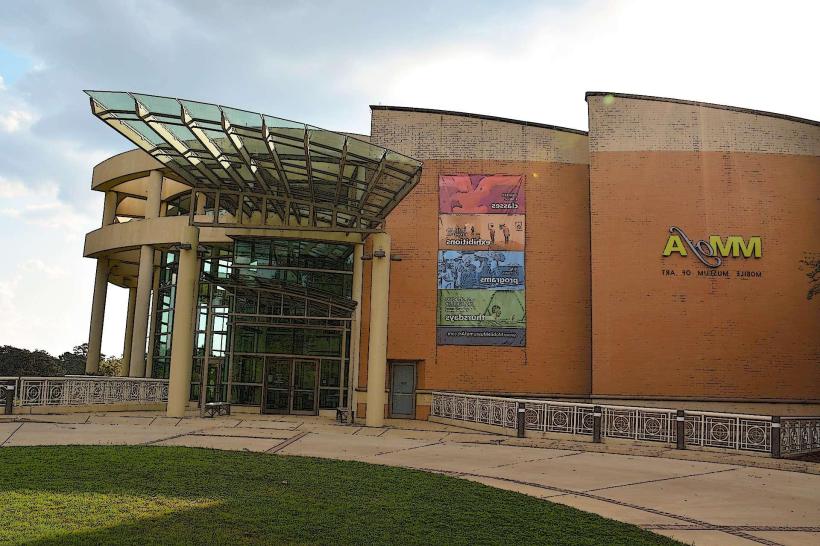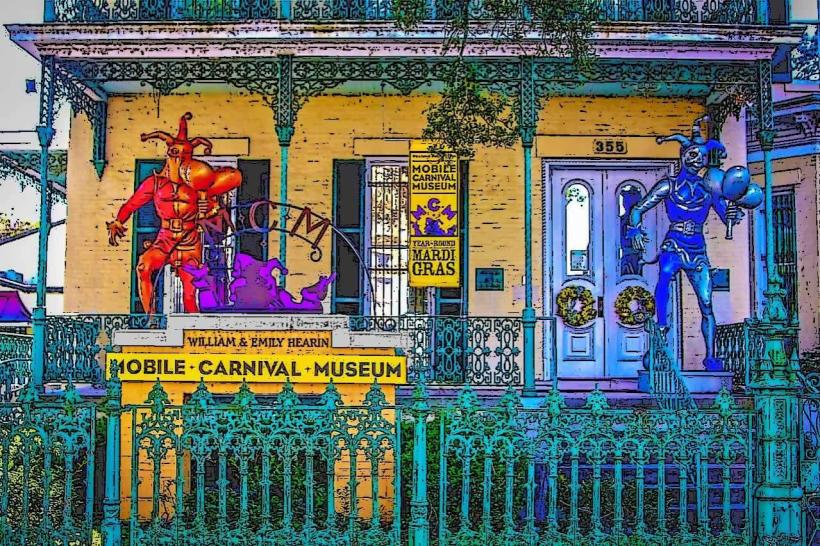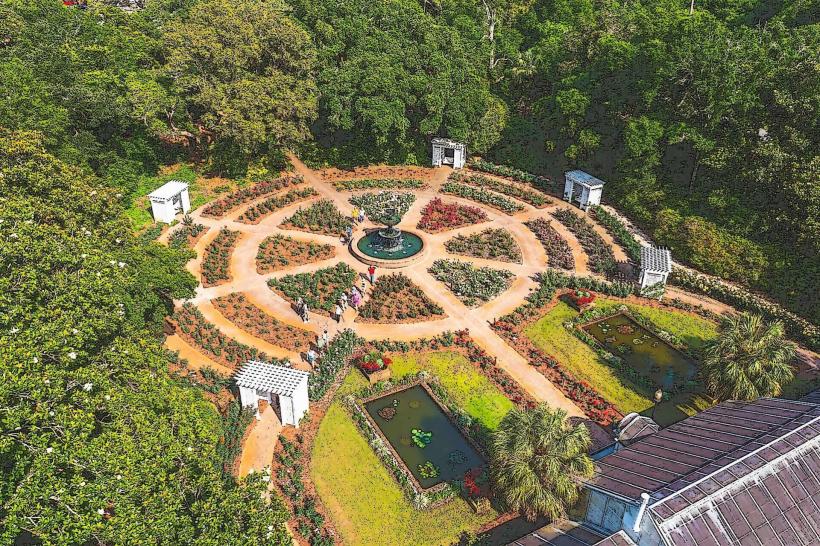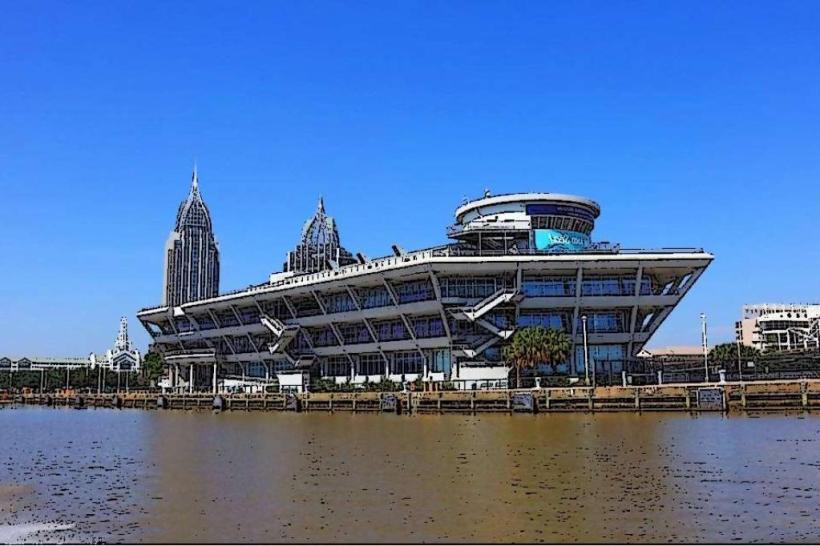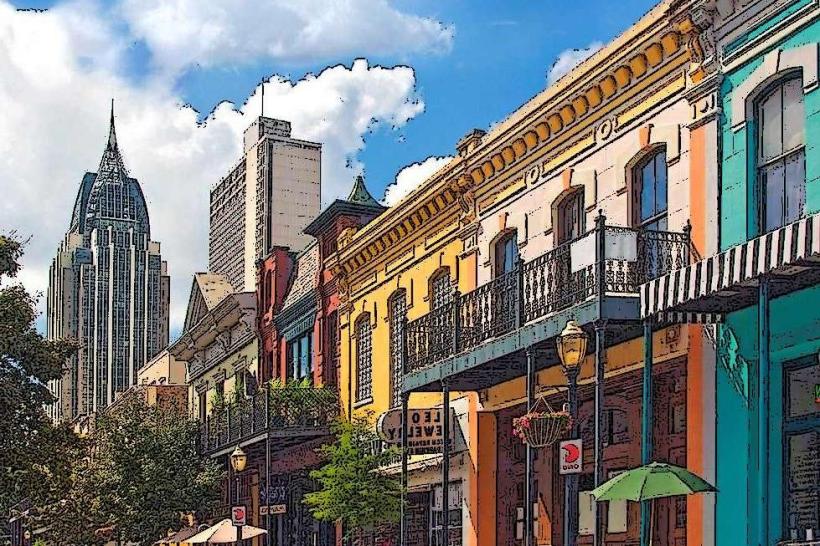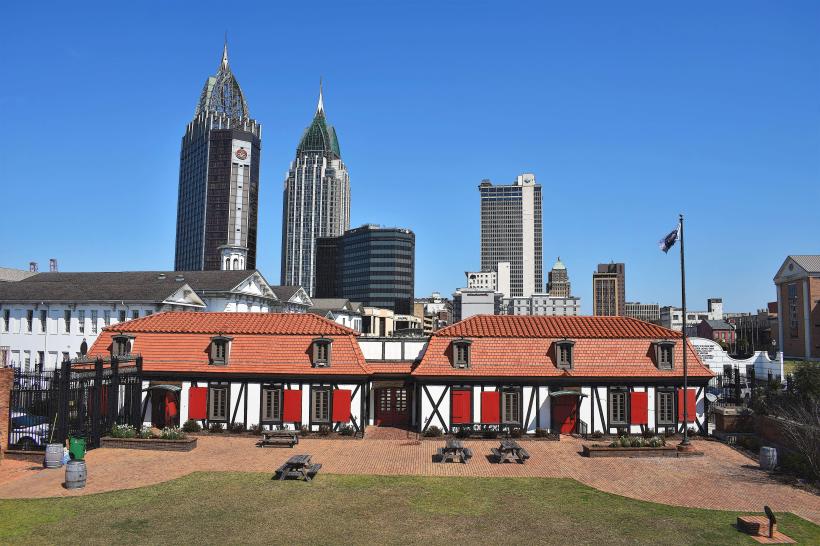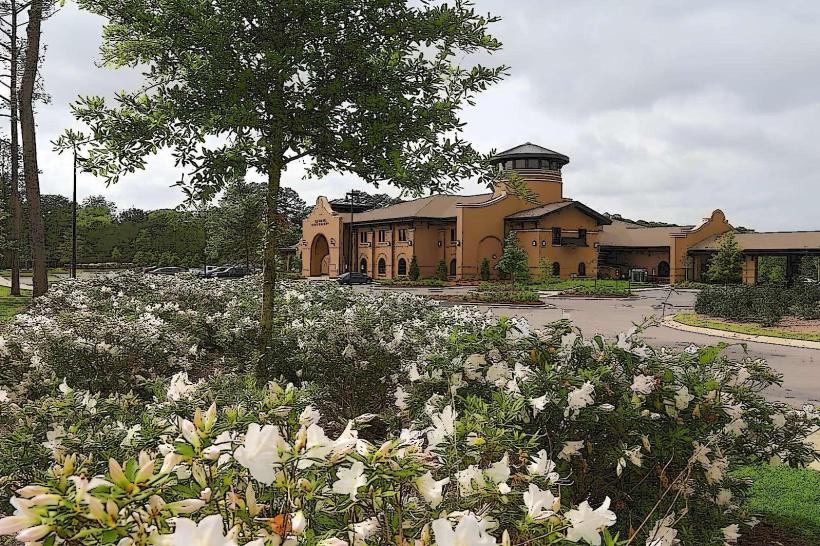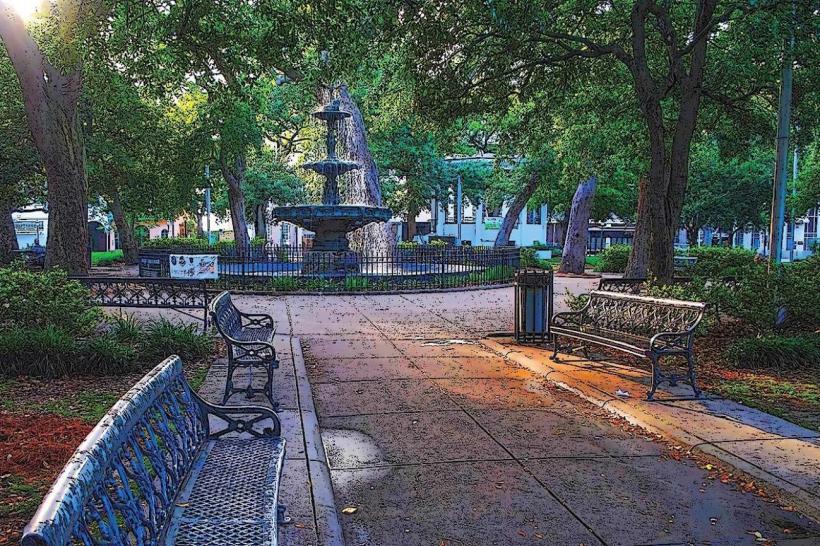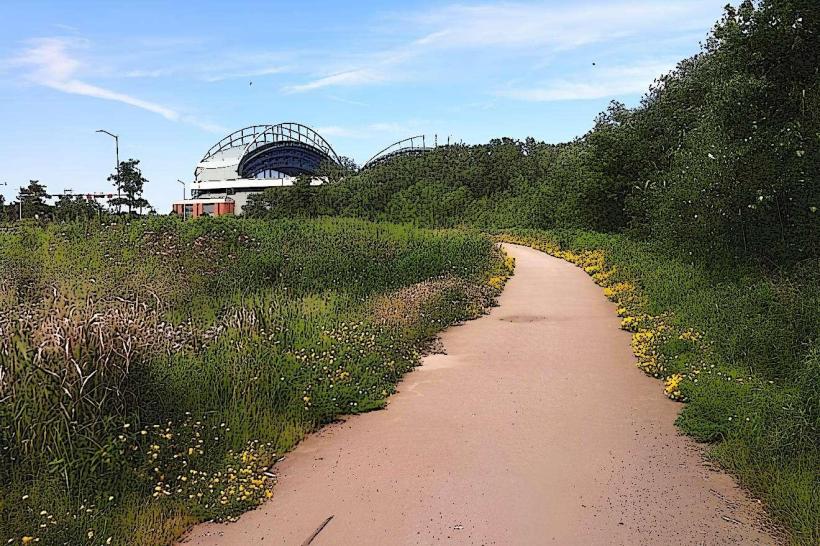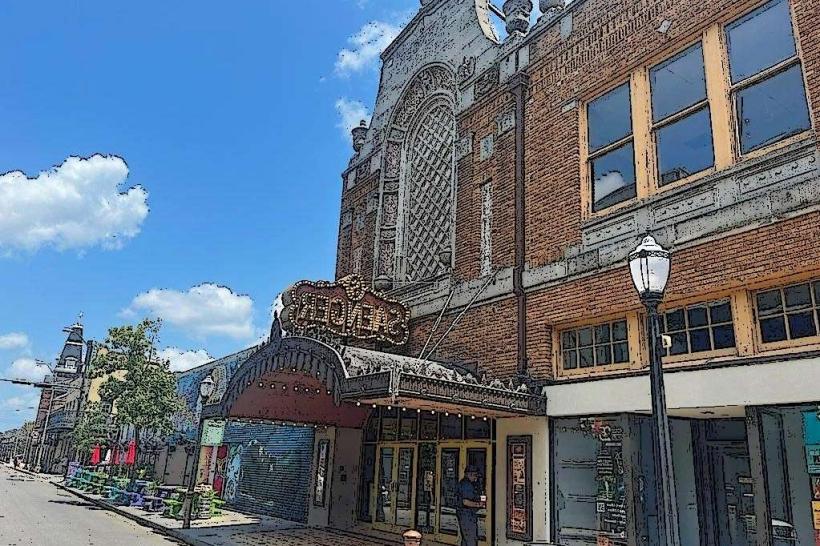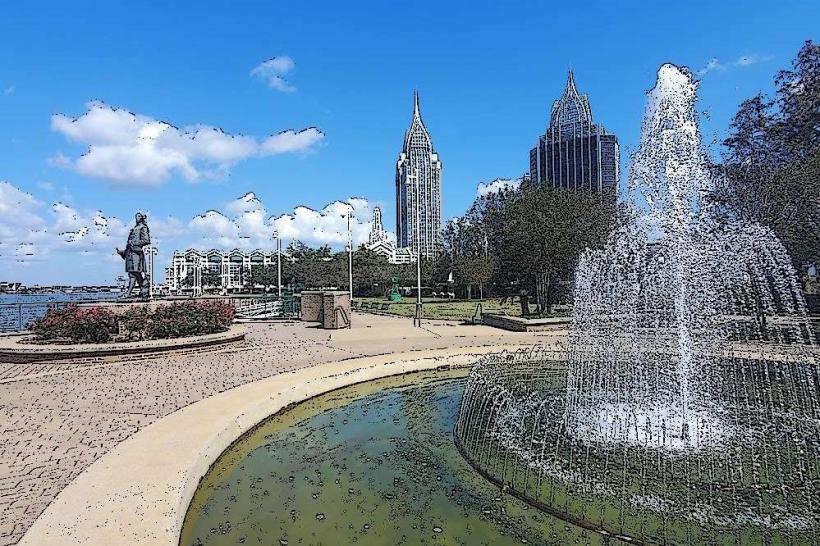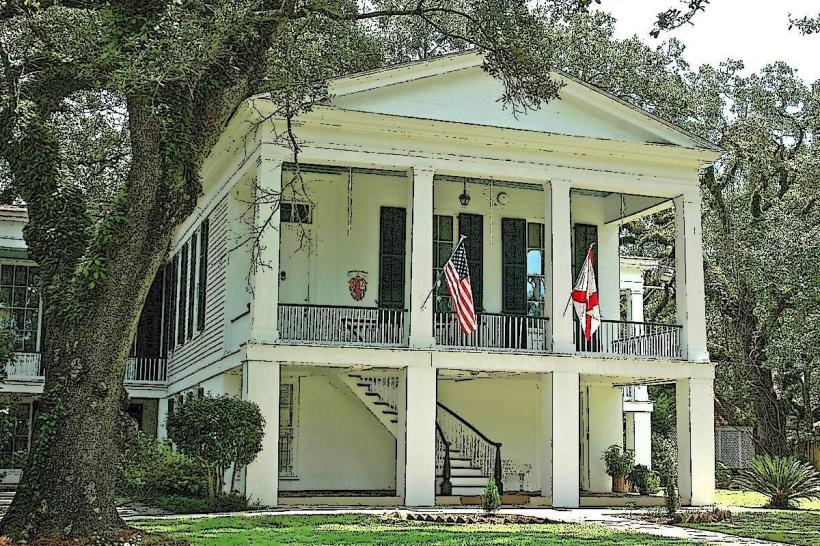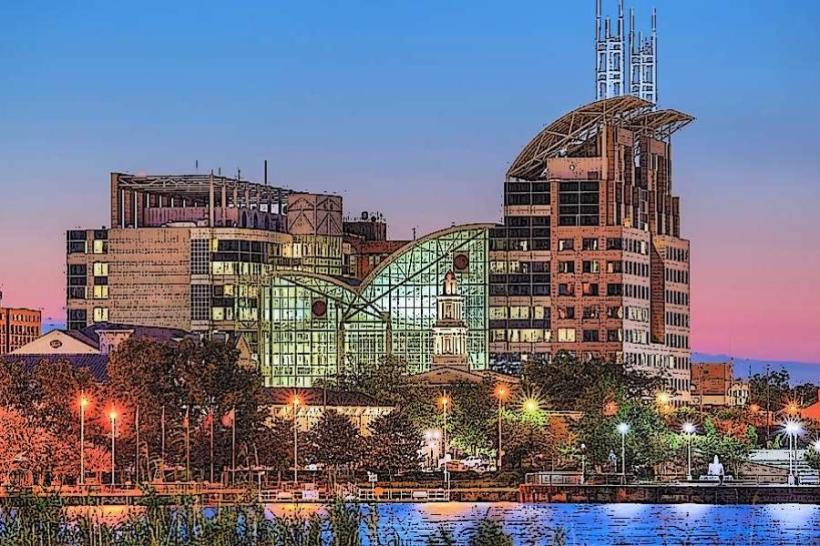Information
Landmark: Cathedral Basilica of the Immaculate ConceptionCity: Mobile
Country: USA Alabama
Continent: North America
Cathedral Basilica of the Immaculate Conception, Mobile, USA Alabama, North America
The Cathedral Basilica of the Immaculate Conception in Mobile is one of Alabama’s most treasured religious and architectural landmarks, serving both as a center of Catholic life and as a striking symbol of the city’s history.
History and Significance
The cathedral traces its origins to the early Catholic presence in Mobile, a city with French, Spanish, and Catholic roots dating back to the 1700s. The current cathedral was constructed between 1835 and 1850 under the guidance of Bishop Michael Portier, the first Catholic bishop of Mobile. In 1962, Pope John XXIII elevated it to the rank of minor basilica, recognizing its historical and spiritual importance. As the mother church of the Archdiocese of Mobile, it remains an active parish while also functioning as the seat of the archbishop.
Architecture and Layout
The structure is an elegant example of Greek Revival architecture with a cruciform floor plan. Its design features:
Twin Towers – Added in the late 19th century, they frame the main façade and provide the cathedral’s distinctive skyline profile.
Grand Portico – A neoclassical entrance with large Corinthian columns.
Nave and Interior – A spacious central nave flanked by aisles and chapels, filled with classical proportions and soaring ceilings.
Marble Altars and Sanctuary – Highlighting the grandeur of 19th-century craftsmanship.
Stained Glass and Interior Details
One of the cathedral’s most notable features is its collection of stained-glass windows, imported from Munich, Germany, in the late 19th and early 20th centuries. These windows depict scenes from the life of Christ, the Virgin Mary, and various saints, filling the interior with rich color when lit by the Alabama sun. The intricate woodwork, statues, and murals reflect the artistry of the period and the devotion of the Catholic community.
Role in the Community
The basilica is not only a place of worship but also a cultural and civic anchor in downtown Mobile. It hosts regular Masses, weddings, and religious festivals, while also welcoming visitors from all backgrounds. It is especially significant during Mardi Gras and major Catholic feast days, when processions and events highlight Mobile’s deep Catholic heritage.
Preservation and Recognition
Listed on the National Register of Historic Places, the Cathedral Basilica has undergone restorations to maintain its structural integrity and artistic treasures. The interior, particularly the stained glass, has been carefully preserved to keep its original brilliance.
Visitor Experience
Open to the public daily, the basilica offers opportunities for prayer, reflection, and quiet exploration.
Visitors are often struck by the peaceful atmosphere inside, contrasting with the bustle of downtown Mobile just outside its doors.
Guided tours may be available, providing deeper insights into its art and history.
Photography is generally permitted, but respectful behavior is expected due to its active religious use.
The Cathedral Basilica of the Immaculate Conception remains a cornerstone of Mobile’s identity, merging spirituality, history, and architecture into a single landmark that embodies the city’s multicultural past and enduring faith.

